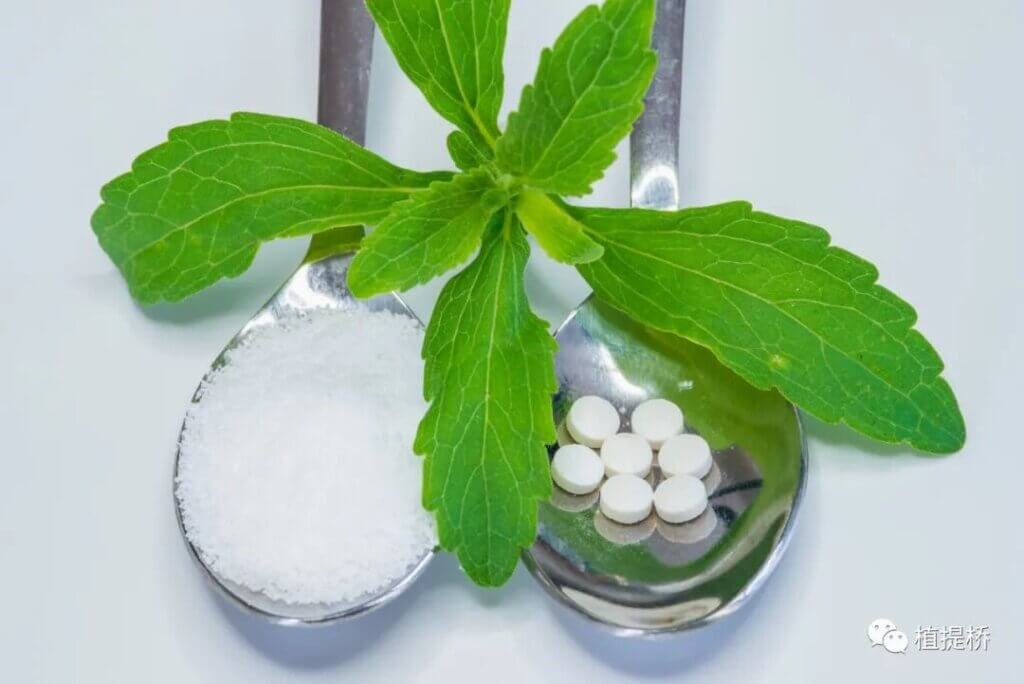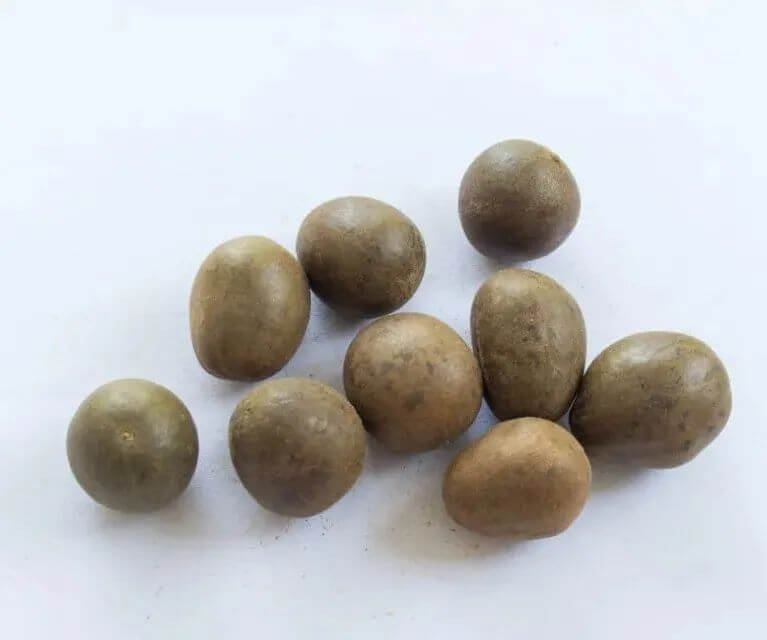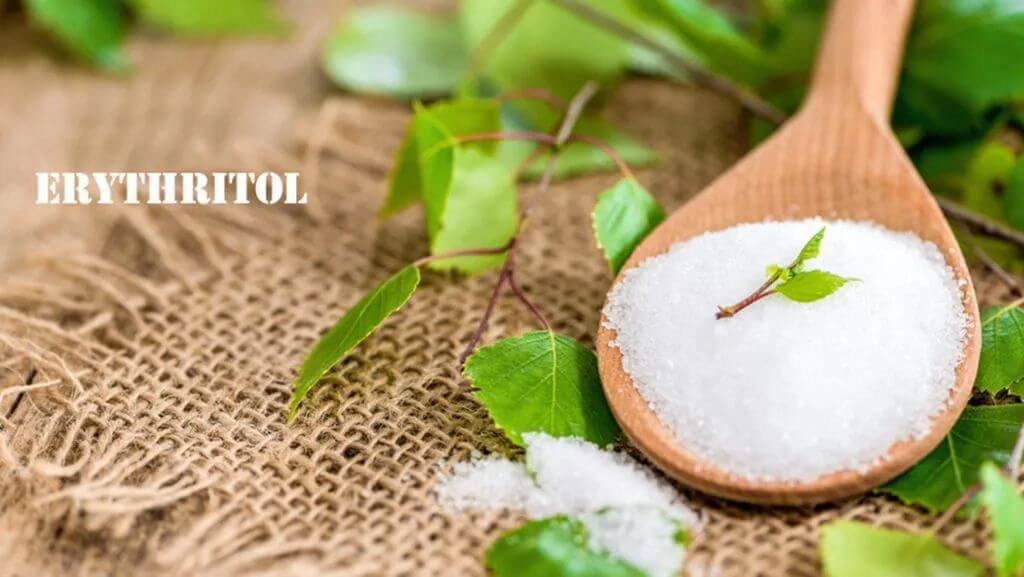Sugar is closely related to everyone, from the early honey to the sugar products in the industrial age to the current sugar substitute raw materials, each change represents a change in market consumption trends and dietary structure. Under the consumption trend of the new era, consumers do not want to carry the burden of sweetness, but also want to keep their bodies healthy. Natural sweeteners are a “win-win” solution.
With the rise of a new generation of consumer groups, the market has quietly launched a “sugar revolution”.
According to data released by Markets and Markets, the global natural sweeteners market size was US$2.8 billion in 2020, and the market is expected to grow by US$3.8 billion by 2025, with a compound annual growth rate of 6.1%. With the increasing application in the food and beverage industry, the market for natural sweeteners is also rising.
1. Market Growth “Drivers”
The number of people with diabetes, obesity, and cardiovascular disease is increasing worldwide, which is the most direct reason for people to pay attention to their own health. Many studies have identified excessive intake of “sugar” as one of the causes of disease, so consumers’ awareness and demand for low-sugar and sugar-free products have increased significantly. In addition, the safety of artificial sweeteners represented by aspartame has been continuously questioned, and natural sweeteners have begun to receive attention.
Strong consumer demand for low-sugar and sugar-free products is driving the natural sweetener market, especially among millennials and Gen Zers. In the US market, for example, half of US baby boomers have been reducing their sugar intake or choosing to buy more low-sugar products. In China, Generation Z is paying more attention to low-sugar and low-fat foods, and 77.5% of the respondents recognize the importance of “sugar control” for health.
At the macro level, governments and public health authorities around the world have been pressuring food and beverage manufacturers to reduce the sugar content in their products, which contributes to health problems such as obesity, diabetes and heart disease. Not only that, in the past few years, many countries have imposed “sugar taxes” on soft drinks to limit sugar intake. In addition, the global epidemic has further driven consumer demand for healthy diets and products, and low sugar is one of these trends.
Specific to the raw material, from stevia to Luo Han Guo to erythritol, there are differences in the application of different components in the field of sugar replacement.
2. Stevia extract, a “regular customer” in the sugar substitute market
Stevia is a glycoside complex extracted from the leaves of the Compositae plant Stevia. Its sweetness is 200-300 times that of sucrose, and its calories are 1/300 of that of sucrose. Natural sweetener. However, stevia is overcoming its slight taste through the presence of a bitter and metallic taste, and fermentation technology processes.
stevia

From the perspective of the overall market size, market data released by Future Market Insights shows that the global stevia market will reach US$355 million in 2022, and it is expected to reach US$708 million in 2032, with a compound annual growth rate of 7.2% during the period. Maintaining a stable growth trend, Europe will become a market with a relatively high proportion.
In the direction of product segmentation, stevia is mainly used in the field of packaged food and beverages instead of sucrose, including tea, coffee, juice, yogurt, candy, etc. At the same time, more and more catering industry manufacturers are attracting consumers by adding plant-based raw materials to their product formulations, including plant-based meat, condiments, etc. The more mature markets for the entire product market are in Europe and North America.
According to market data from Innova Market Insights, the number of stevia-containing products launched globally has grown by more than 16% annually from 2016 to 2020. Although there are not many products using stevia in China, it is an important part of the global industrial supply chain and is the main export market for stevia extract, with an export value of nearly 300 million US dollars in 2020.
3. Luo Han Guo extract, “functional” sugar substitute raw material
As a natural sugar substitute raw material, mogroside is 300 times sweeter than sucrose, and 0 calories will not cause blood sugar changes. It is the main component of Luo Han Guo extract. After passing the US FDA GRAS certification in 2011, the market has experienced “quality” growth, and now it has become one of the more widely used natural sweeteners in the United States. According to market data issued by SPINS, the use of Luo Han Guo extract in clean-label food and beverages in the US market increased by 15.7% in 2020.
It is worth mentioning that Luo Han Guo extract is not only a sucrose substitute, but also a functional raw material. In the traditional Chinese medicine system, Luo Han Guo is used to clear heat and relieve summer heat, relieve cough and moisten the lungs after being dried. Modern scientific research has found that mogrosides have antioxidant power1, and Luohanguo can also help consumers better control blood sugar levels in two ways and support insulin secretion into pancreatic beta cells2.
Monk fruit

However, although it is powerful and originated in China, Luo Han Guo extract is relatively niche in the domestic market. At present, new breeding technology and planting technology are breaking the resource bottleneck of Luo Han Guo raw material industry and promoting the rapid development of the industrial chain. With the continuous development of the sugar substitute market and the increase in consumer demand for low-sugar products, it is believed that Luo Han Guo extract will usher in a period of rapid growth in the domestic market.
4. Erythritol, a “new star” in the sugar substitute market
Erythritol naturally exists in a variety of foods (grape, pear, watermelon, etc.), and commercial production uses microbial fermentation. Its upstream raw materials mainly include glucose and corn starch sugar and corn for the production of glucose. After entering the human body, erythritol does not participate in the metabolism of sugar, and the metabolic pathway is independent of insulin or is rarely dependent on insulin, and it hardly generates heat and causes changes in blood sugar, which is also one of its characteristics that has attracted much attention in the market.
As a natural sweetener, erythritol has excellent properties such as zero calories, zero sugar, high tolerance, good physical properties, and anti-caries. In terms of market application, because of its relatively low sweetness, the dosage is often large when compounding, and it can be compounded with sucrose, Luo Han Guo extract, stevia, etc. As the high-intensity sweetener market grows, there is more room for erythritol to grow.
The “explosion” of erythritol in China is inseparable from the promotion of the brand of Yuanqi Forest. In 2020 alone, the domestic demand for erythritol has increased by 273%, and the new generation of domestic consumers have also begun to focus on low-sugar product. Sullivan data predicts that the global demand for erythritol will be 173,000 tons in 2022, and it will reach 238,000 tons in 2024, with a compound annual growth rate of 22%. In the future, erythritol will become more low-sugar products. one of the raw materials.
5. Allulose, a “potential stock” in the market
D-psicose, also known as D-psicose, is a rare sugar that exists in small amounts in plants. It is a common way to obtain low-calorie psicose from fructose derived from cornstarch through enzymatic processing technology. Allulose is 70% as sweet as sucrose, with only 0.4 calories per gram (compared to 4 calories per gram of sucrose). It is metabolized differently than sucrose, does not raise blood sugar or insulin, and is an attractive natural sweetener.
In 2019, the US FDA announced that allulose would be excluded from the labels of “added sugars” and “total sugars” to promote the large-scale production and use of this raw material.
According to market data from FutureMarket Insights, the global allulose market will reach US$450 million in 2030, with a compound annual growth rate of 9.1%. It is mainly used in products such as modulated milk, flavored fermented milk, cakes, tea drinks, and jelly.
The safety of allulose has been recognized by many countries around the world, including the United States, Japan, Canada, South Korea, Australia, etc. The approval of regulations has boosted its popularity in the global market. It has become one of the most popular natural sweeteners in the North American market, and many food and beverage manufacturers have added this ingredient in their formulations. Although the cost of enzyme preparation technology has fallen, it is expected that raw materials will usher in a new market growth point.
In August 2021, the National Health and Health Commission has accepted the application of D-psicose as a new food raw material. It is believed that relevant regulations will be approved in the next one or two years, and the domestic sugar substitute market will usher in another ” new star”.
Sugar plays many roles in food and beverages, including swelling, texture, caramel flavor, browning, stability, etc. How to find the best hypoglycemic solution, product developers need to consider and balance the taste and health attributes of products. For raw material manufacturers, the physical and health properties of different sugar substitutes determine their application in different product segments.
For brand owners, 0 sugar, 0 calories, and 0 calories have entered consumers’ health cognition, followed by the serious homogenization of low-sugar products. How to maintain long-term market competitiveness and Vitality is very important, and the differentiated competition on the raw material formula side is a good entry point.


